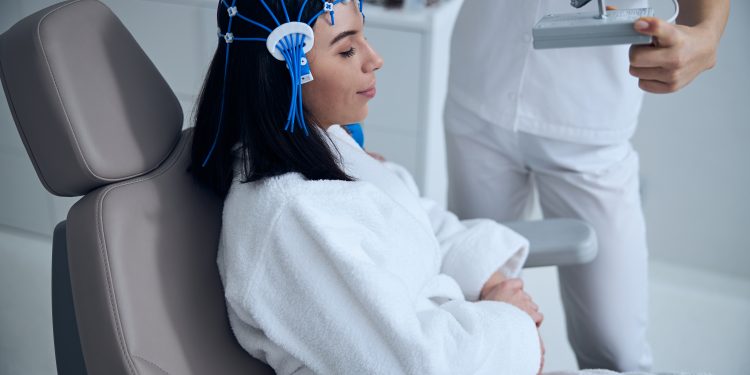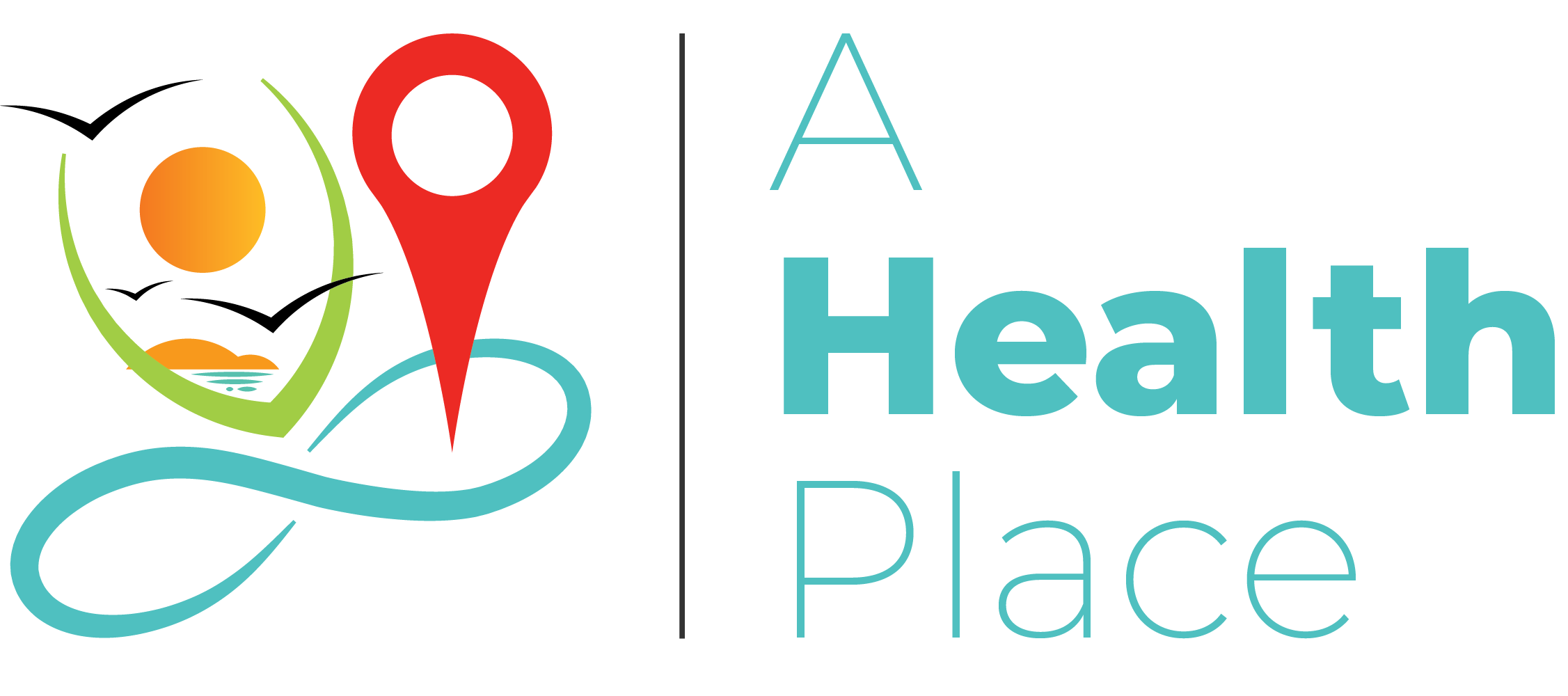Unlocking the World of Dreams
For centuries, humans have been fascinated by dreams—those fleeting, often mysterious experiences that unfold in the depths of sleep. From ancient civilizations interpreting dreams as messages from the divine to modern psychology exploring their ties to our subconscious, dreams continue to captivate our imagination. But what if we could go a step further? What if technology could allow us to influence or even control our dreams?
Advances in sleep technology are making this possibility more real than ever. Devices designed to monitor sleep patterns, enhance rest, and even induce lucid dreaming are rapidly entering the market. As researchers dive deeper into the mechanisms of dreaming, the question arises—can sleep technology truly help shape the content of our dreams?
The Science of Dreaming: A Closer Look at REM Sleep
Dreams primarily occur during the rapid eye movement (REM) stage of sleep. During this phase, brain activity increases, resembling wakefulness, while the body remains in a state of temporary paralysis. REM sleep is critical for cognitive function, emotional regulation, and memory consolidation.
According to the National Sleep Foundation, adults experience REM sleep multiple times throughout the night, with each phase growing longer as the sleep cycle progresses. This is the window where most vivid and immersive dreams occur. By understanding this cycle, scientists are beginning to develop technologies aimed at influencing the brain’s activity during REM sleep to promote lucid dreaming—a state where the dreamer becomes aware of the dream and can potentially control it.
How Sleep Technology is Evolving
The intersection of neuroscience and technology has given rise to innovative devices that claim to tap into the dream state. From headbands that emit mild electrical stimulation to apps that use soundscapes, the variety of tools available is expanding.
1. EEG Headbands
EEG (electroencephalography) headbands monitor brain activity in real-time. By detecting brainwave patterns, these devices can identify when a user enters REM sleep. Some headbands take it further by providing subtle cues—like gentle vibrations or audio cues—intended to trigger lucidity without waking the sleeper.
Example: The “Morpheus Dream Enhancer,” launched in 2022, uses EEG technology to track REM cycles and emit soft light flashes when the user enters the dreaming stage. Users report a 30% increase in their ability to recognize they are dreaming, enhancing their potential for dream control.
2. Binaural Beats and Sound Therapy
Binaural beats are audio tracks that play slightly different frequencies in each ear, creating the perception of a third tone. This practice is believed to synchronize brainwaves, guiding users into specific mental states conducive to lucid dreaming.
Fact: A 2018 study by the Journal of Sleep Research revealed that participants who listened to binaural beats before bed experienced more vivid dreams and improved dream recall compared to the control group.
3. Smart Sleep Masks
Sleep masks equipped with LED lights and audio feedback are designed to influence REM sleep directly. These devices stimulate the sleeper with carefully timed light patterns or sound cues, intended to introduce lucidity.
Example: The “Lumen Dream Mask” allows users to customize the light intensity and duration, offering personalized dream interventions that align with natural sleep cycles.
Can We Really Control Our Dreams?
Lucid dreaming, the phenomenon of becoming self-aware within a dream, is not new. However, with the aid of sleep technology, the frequency and intensity of these experiences may be amplified. Users who consistently practice lucid dreaming techniques combined with technology often report greater control over dream environments and narratives.
Case Study: A 2020 survey conducted by Harvard University found that 55% of individuals using sleep tech experienced lucid dreams at least once per month, compared to 25% of those relying solely on traditional methods like journaling or reality checks.
The Mental Health Connection
Beyond the novelty, dream control through sleep technology may offer tangible mental health benefits. Lucid dreaming has been linked to reduced anxiety, improved problem-solving skills, and even relief from recurring nightmares. By confronting fears or stressful situations in a controlled dream environment, users can process emotions in a safe and imaginative space.
Example: PTSD patients who engaged in lucid dreaming therapy using sleep masks reported a 40% reduction in nightmare frequency, as documented in a 2021 Journal of Psychological Science study.
Limitations and Ethical Considerations
While the promise of dream control is alluring, sleep technology does come with limitations. Devices that interfere with REM sleep risk disrupting the delicate sleep cycle, potentially leading to fatigue or diminished cognitive performance.
Additionally, ethical concerns surrounding privacy and data collection arise. Many sleep tech devices collect sensitive biometric data, prompting questions about who owns this information and how it is used.
Fact: In 2023, the Global Sleep Tech Review revealed that 68% of consumers expressed concern about data security regarding sleep monitoring devices.
The Future of Dream Hacking
As technology continues to advance, the potential for deeper exploration into dream hacking grows. Future developments may include AI-driven dream interpreters capable of generating insights from sleep data or virtual reality interfaces designed to blend waking consciousness with dream states.
Example: In a groundbreaking project at MIT, researchers are developing “NeuroDream,” a device that uses AI to recreate dream scenarios based on verbal cues recorded throughout the day. Early trials suggest a 45% increase in dream lucidity and thematic consistency.
How to Get Started with Dream-Enhancing Technology
For those curious about exploring dream control, starting small can yield meaningful results. Consider incorporating the following steps into your nightly routine:
- Invest in a Sleep Tracker – Devices like the Oura Ring or Fitbit monitor sleep patterns and provide insights into your REM cycles.
- Experiment with Binaural Beats – Apps like Brain.fm offer specialized tracks designed to promote deeper, more vivid dreams.
- Practice Reality Checks – Combine technology with mindfulness by performing reality checks during the day, reinforcing self-awareness that can carry over into dreams.
- Keep a Dream Journal – Recording dreams each morning improves recall and reinforces the habit of becoming conscious in your dreams.
Embracing the Possibilities
The fusion of sleep technology and dream science unlocks exciting possibilities for mental health, personal growth, and creativity. As we venture further into understanding the intricacies of sleep, the tools at our disposal begin to reshape how we engage with the dream world. From reducing nightmares to enhancing creative thinking, the potential to influence our subconscious offers profound benefits for well-being.
While dream control remains an evolving field, current advancements in AI, smart sleep devices, and sound therapy hint at a future where we can guide our dreams with increasing precision. This merging of science and technology blurs the line between waking life and sleep, suggesting that the adventures we embark on during the night may soon become as intentional as our daily routines. As innovation accelerates, the dream world is transforming from a mystery into a domain we can explore, shape, and harness for positive change.
As this technology evolves, dream control could offer new therapeutic approaches for trauma recovery, allowing individuals to reshape distressing memories within the dream state. This potential application opens avenues for addressing psychological challenges in ways that traditional therapy cannot always achieve.
Curious about the future of sleep technology? Subscribe to our monthly magazine for the latest updates on dream research and groundbreaking innovations in sleep science.








